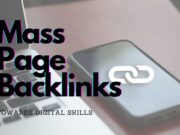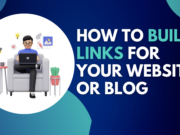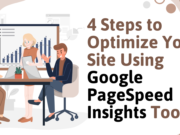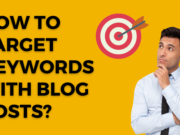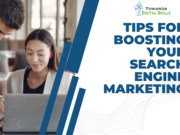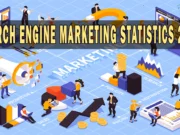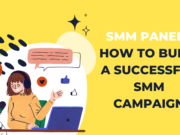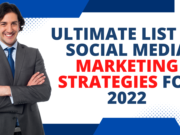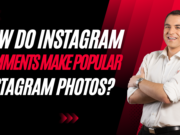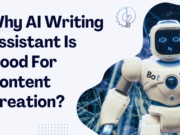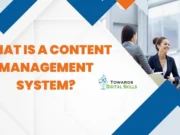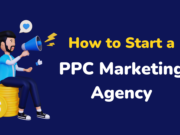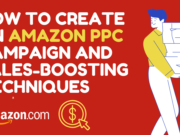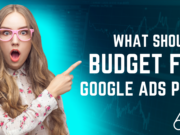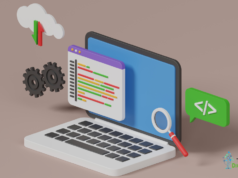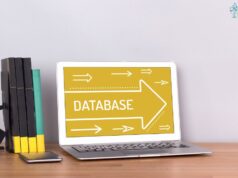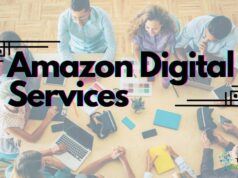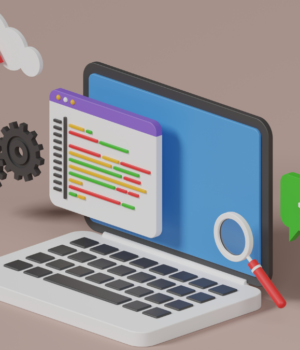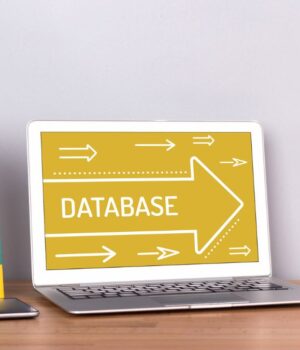One of the most important things to do while using Google Ads PPC for your business is to understand what works for your audience. This can include Focusing Techniques, a Bidding system, Customization options, and tracking results. You may read more about some of the key components of Google Ads PPC in the section below. The following advice will help you get started using Google Ads for your company. Please get in touch with me if you have any queries or worries.
Focusing Techniques:
There are numerous methods to categorise your audience when using Google Ads for business. You can target lower people in the funnel but are still close to purchasing. You can also layer on more targets, but that may make your audience too narrow. If your target is a particular group of people interested in your product or service, you should choose affinity targeting. Like Facebook ads, affinity targeting finds people likely to purchase your product or service based on their past behavior.
If you run a local business, targeting your ads to those in the area where your brick-and-mortar store is located is a great idea. This will drive people to your store and generate new customers. Make sure you target people searching for your location, not those in the area. Otherwise, you may waste ad dollars on people who don’t show interest in your area.
There are three main ways to target consumers using Google Ads PPC for business. Using demographic targeting will help you reach people with specific interests and get more results. Demographic targeting will help you achieve the right people and attract the right leads. When you use demographic targeting, you can choose a group of people who are more likely to buy your product or use your service.
You can include custom segments in display, discovery, or video campaigns. You can show adverts to folks who are probably interested in your keywords by using these custom segments. You can also use auto-created custom intent segments to target a particular landing page or vertical. These segments are available in English, Spanish, and Japanese. Ad customization is simple! You must be aware of where to look and what to seek for.
Bidding System:
Your Google Ads campaign’s bidding system can be changed in a variety of ways. First, you must choose a campaign structure. You can choose between theme-based campaigns and ad groups. When creating a campaign, you should create one ad group per keyword. A campaign structure makes keyword management easier. You may learn how to prepare your campaign for success from this post. You will have a better understanding of how to modify the Google Ads PPC bidding mechanism after reading this article.
You may maximise clicks while staying within your budget by using the Maximize Clicks technique. This is a good option if your campaign doesn’t require a lot of conversions, but you’d like to generate more traffic. This strategy works well if your budget is tight and you’d instead generate traffic than spend thousands of dollars on AdWords. However, it’s important to remember that you must first set realistic goals before you start experimenting with the Bidding system.
The actual cost of each click on Google’s Ads is lower than the maximum bid. This is because you don’t want to pay more than you have to. You will be encouraged by this method to prioritise content and quality over quantity. However, it’s impossible to guarantee top placements by just bidding your maximum bid. The best way to increase your chances of achieving complete order is to make sure you’re focusing on the content of your website.
The Bidding system of Google Ads is the way to buy ad space. Google operates an auction to decide which ad will appear on a SERP based on the keywords you are bidding on. The highest bid wins the ad space, and the highest bid wins. Ultimately, it means that your ads will be shown to customers who are looking for your products or services. You pay for this space with the CPC, meaning the more you bid, the higher your chances of getting the ad you want.
Automated Bidding is an effective method for increasing conversions. It works by analyzing historical data and learning from the past. Automated Bidding can help improve conversions while staying within your budget by analyzing the data. However, it would help if you remembered that this method is best suited for companies with a large advertising budget and plenty of time to invest in their campaigns. Moreover, automated Bidding requires historical data to predict future bids.
Customization Options:
You can customize Google Ads for businesses to display specific attributes, such as prices and promotions. You can also choose to display the name of your product in the ad headline. If you have many products, using ad customizers to customize Google Ads for business will allow you to display different versions of the same product. This tool allows you to tweak your ads using a spreadsheet and upload those changes to the Google Ad data section.
Once you have selected the Focusing Techniques, you can customize your ads further. You can even design advertising campaigns that are precisely aimed at your target audience. A well-designed Google Ads campaign will target the right audience, so you should focus on personalization as much as possible. By incorporating your customer’s preferences and information, you can create dynamic content and product recommendations that will be relevant to your audience. These options can make your ads stand out and increase your ROI.
Using ad customizers to tweak your ads will save time and money. These tools allow you to create hundreds of variations for the text of your ads and change them as often as you like. The good thing is that they won’t reset your performance data. You can even customize the images and videos that appear on your ads. These personalised choices are advantageous for your company. Visit the Google Ads for Business page if you have any inquiries to learn more.
There are various other customization options available in Google Ads for business. You can use ad customizers to speed up the creation of your ads at scale. The newest addition to the family of ad customizers is AdWords IF functionalities. With these tools, you can customize your ads to better match your audience. Customization options are also available in the AdWords dashboard, where you can view your ads and adjust the settings for each one.
Tracking Results:
The first step in tracking your results with Google Ads is establishing a set of Key Performance Indicators (KPIs). KPIs are the key metrics that indicate whether your ad campaigns are meeting your goals. Once you have set up the KPIs, you can use them to make necessary budget cuts or allocate funds for optimal results. For example, you can track your click-through rate (CTR), which measures the percentage of ad views divided by the number of times an ad has been shown. A higher CTR means more visitors are clicking on your ads, which means more sales.
Another important KPI is the conversion rate. This shows the percentage of clicks that led to a conversion. To put it another way, if someone clicks on your advertisement but doesn’t buy anything, they didn’t purchase from you. This indicator will enable you to assess the profitability of your advertisement. You can also track the average customer lifetime value (ACLV), which identifies the amount of revenue a customer generates for you for every dollar spent.
Conversion tracking is an important KPI that many new PPC marketers fail to set up correctly. This is one of the most important KPIs for a successful campaign, so it’s vital to correctly set up your ad tracking pixels. The first step to tracking your CTRs is creating your conversion pixel, then choosing the category and naming it. You can then track your conversions by ad group or campaign.
While most companies allocate a substantial budget to their PPC campaigns, the key to making the most of these ads is reviewing the data daily. Using Google Ads to optimize your PPC campaigns is crucial in ensuring you’re not wasting money. It’s critical to ensure that your ads are relevant to the audience and contain a solid call to action. It’s also important to know how many impressions your ads receive. You’ll have wasted a lot of money if they don’t generate enough sales or leads.







